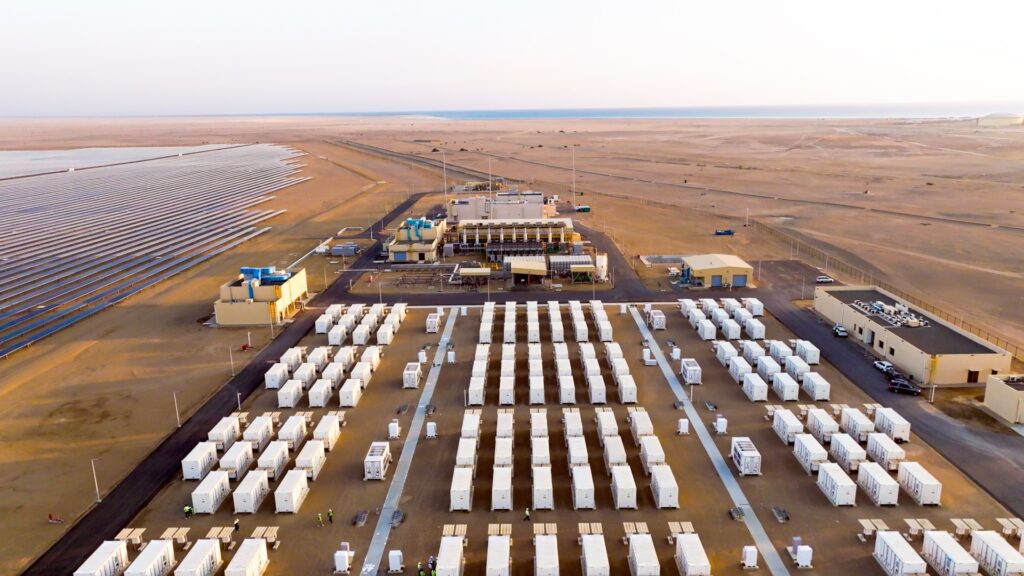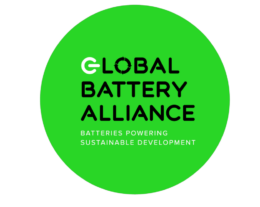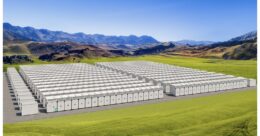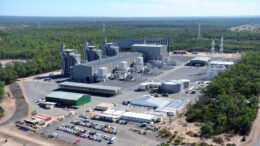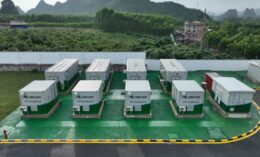Optimizing grid-scale battery placement via quantum computing
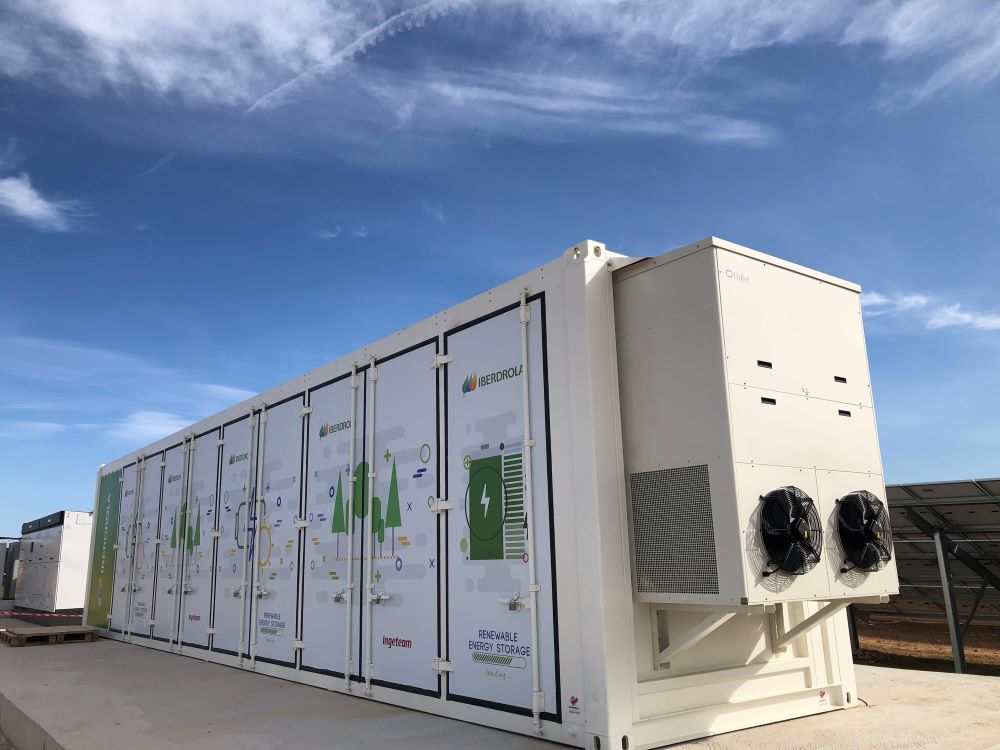
Spanish energy giant Iberdrola has tested quantum computing for optimizing the placement of large-scale batteries into the grid for cost, voltage control, and reliability. Accurately modelling large-scale grids and the elements of renewables and storage are notoriously strenuous tasks for classical computing.
A 10-month pilot program between i-DE, Iberdrola’s distribution company in Spain, and quantum computing software company Multiverse Computing, scaled up from small-sized grids to eventually focus on the Gipuzkoa electricity grid, in Basque Country, in northern Spain. The project was also part of the Basque Country Gipuzkoa council’s quantum program.
Multiverse Computing adapted algorithms to run on a quantum annealer, a type of quantum computer, and on classic hardware, to test optimization solutions. The focus, the company’s report, was to achieve improvements in grid batteries across three key areas: initial cost, voltage control, and reliability.
When optimizing on costs, for example, the target was to reduce the cost of buying and installing multiple batteries in the grid. For reliability, the target was to minimize the impact to grid customers of power outages.
A video from the companies shows that Matlab files from grid models are uploaded, and input parameters include battery size and capacity. Then, preferences for battery placements, and the factors of cost, reliability, and voltage control are weighted based on the needs. Different algorithms can then crunch the numbers to deliver optimal battery allocation and dimensioning, with Multiverse claiming the processing is performed “in a matter of seconds.”
No exact data on performance was offered, however, Multiverse claimed in the video that the application is faster and less expensive to use, but also solutions were 10% more reliable overall.
CEO of Multiverse Computing, Enrique Lizaso Olmos, said: “With the power of quantum computing, private and public institutions can meet sustainability goals while saving on both fixed and variable costs.”
i-DE’s Estibaliz Goñi, Process and Technology director, said: “The results of this pilot project are encouraging, and we will continue exploring the deployment of this technology.”
Quantum approaches
Quantum computing uses qubits to store and process information, which adds many potential advantages over the classical computing style where bits are used. Qubits can exist simultaneously in multiple states, allowing quantum computers to perform calculations in parallel. That massively increases the potential to solve complicated problems that may have previously required supercomputers, where many trillions of calculations are required.
Other entities are also investigating if quantum computing can help with managing the ever-evolving grid. The US Oak Ridge National Laboratory (ORNL), for example, is collaborating with quantum computing company IonQ to help solve power grid challenges and drive infrastructure improvements. In addition, ORNL was using quantum computing to evaluate quantum physics in solar cells, to potentially identify materials for even highly efficient solar cells.




